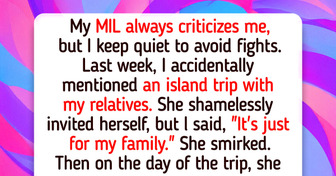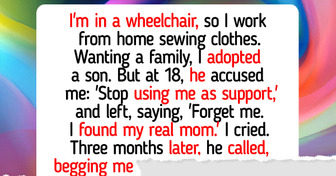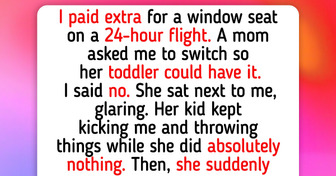My Wife Wanted to Divorce Me Over Dinner, but Her Next Move Made Everything Worse
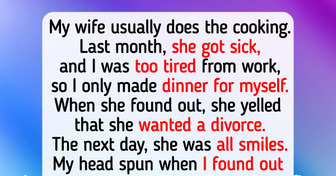
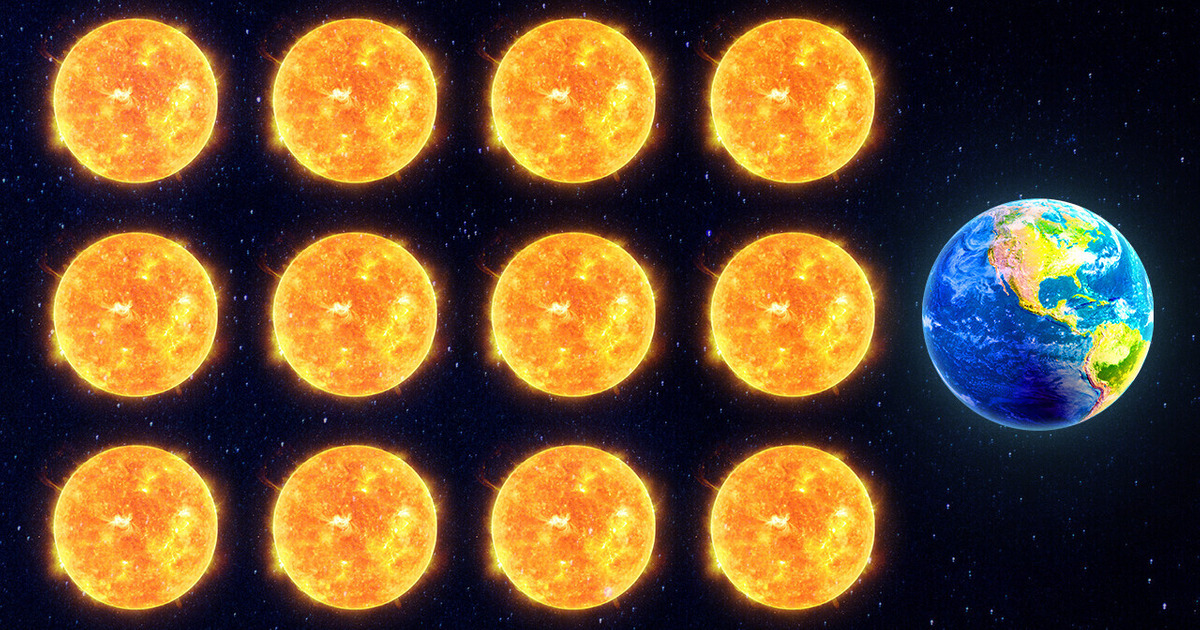
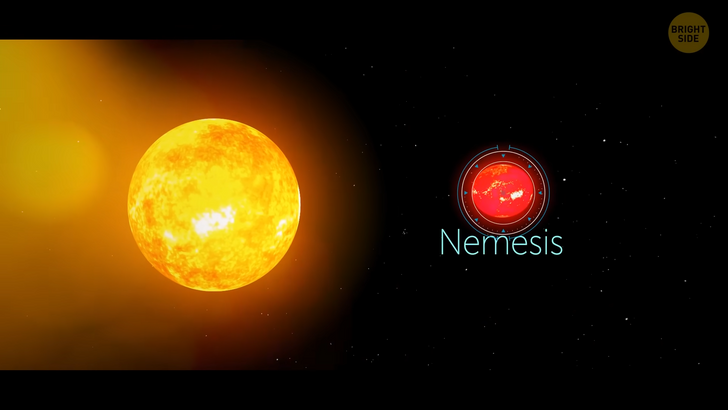
During the search for Earth-like planets throughout the Universe, scientists have discovered that systems of 2 or even 3 stars are... not actually that rare. Many of them even have planets in their habitable zones. Almost half of these planets could contain life! Can’t wait to ask these guys about the sunsets.
Scientists even suggest that our Sun wasn’t always lonely! It could’ve had a companion star called Nemesis. They’ve noticed that mass extinctions on Earth occur every 27 million years. It’s like a cycle. So they turned to the stars to find out what the reason might be. And then they assumed that it was a star that left our Sun a long time ago... But it still affects us.
Nemesis could be located about 1.5 light-years from us. It may not sound like a lot, but it’s actually almost 9 trillion miles! That’s gonna be a fun car trip... 50 million years long. Anyway, every time Nemesis passes its orbit, it can affect the Oort Cloud. The Oort Cloud is an area surrounding our Solar System, in which comets are formed. Its existence hasn’t yet been proven, but scientists are pretty sure about it.
So, comets form inside this cloud and then relocate to our Solar System. Even being very far away, the second star in the system can have a great influence on it... But what about systems with 4 or even more stars? Is it even possible? Actually, yeah! But the more celestial bodies you add to the system, the more difficult it becomes. The orbits grow unstable. It’s gonna be as chaotic as can be.
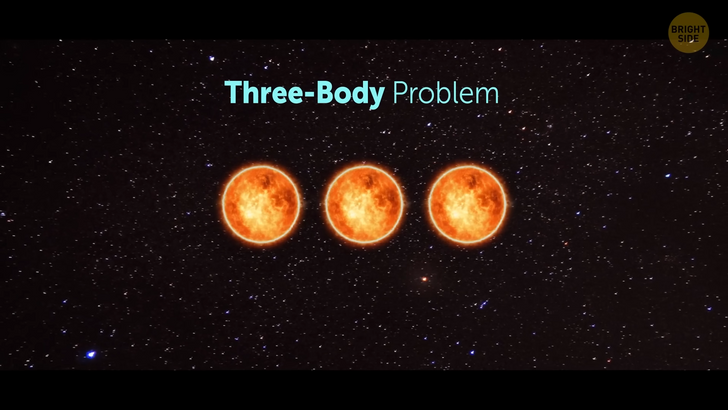
In stellar mechanics, it’s called the “Three-Body Problem.” It says that it’s very difficult to predict the orbits of bodies in such systems. In most cases, they turn out to be very random and unique. Isaac Newton was the first to have noticed it. He tried to apply his gravitational discoveries to the Earth, the Moon, and the Sun. He found himself with quite a struggle — it wasn’t easy to understand how three stellar objects orbit so stably around each other. And that’s just a planet and a satellite!
How about including several stars? I wouldn’t envy those who’ll have to calculate all this. Oh, right. It’s me. Anyway, we know that triple-star systems are ridiculously chaotic... But what about systems with more stars? They’re very, very rare. In 2021, NASA discovered a star system of as many as 6 stars! That’s just crazy. Of course, there are no planets in it, but who knows? Maybe one day we’ll find such a system, too.
In such worlds, the gravity dance is very complex. It takes very specific conditions to hold everything together. It’s like... walking on a tightrope over an abyss. With all this in mind, let’s try to imagine what would happen if the Sun suddenly turned into several small stars.
Oh-ho-ho, we’re going to need a VERY detailed simulation... no, probably even a DOZEN simulations to make this thing work. Because otherwise, we’d only have a few options... Option one. We divide the Sun into 5-10 tiny suns. Now we’ll scatter these guys not far from each other. They’ll destroy our system in... a couple of hours! Yeah.
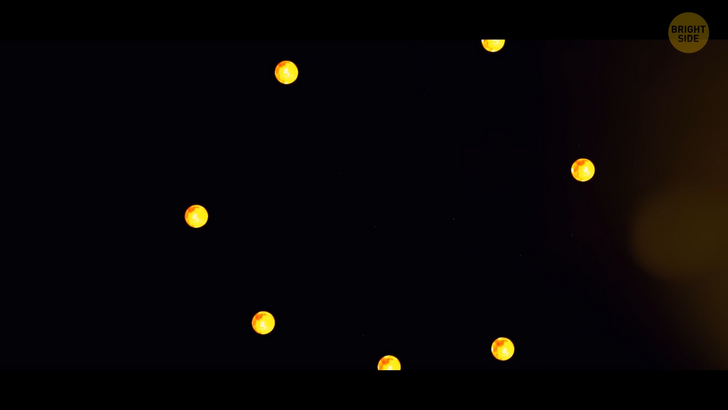
All star systems, including ours, are in constant motion across the Universe. So... they’ll crash into each other almost immediately. This collision will lead to the creation of a supernova. Our system will turn into a beautiful, colorful nebula... For us, it will happen in just a couple of minutes — we won’t even have time to feel anything.
And all the planets in the ex-Solar System will immediately turn into sparkling space dust. Uhm... But it’s not the best option for us, right? Let’s see if it can go any other way. Option two. Since they can’t be located so close to each other, let’s try to set them as far away as possible. And in this case... they’ll just leave. Bye-bye!
Their gravitational force is too weak to hold everything together. The little suns will simply leave the Solar System, flying into space in random directions. After that, the rest of the planets will descend from their orbits... including poor little us, of course. We’ll become a so-called “rogue planet.” At first, we won’t even realize that the planet has gone out of orbit. And we won’t have time to do anything before it gets incredibly cold. What a sad and poetic end! In general, none of these outcomes sounds very fun. Ohhh, alright.
We still have the last option. Our main problem is that we make each of these little stars the same mass. But just take a look at all these multi-star systems that we’ve already discovered. You’ll see that none of them look like... a bunch of glowing balls together. Instead, there are a couple of large stars there, and the rest, the small ones, are orbiting around them. So how about... two large stars and two small ones? What will the Earth look like then?
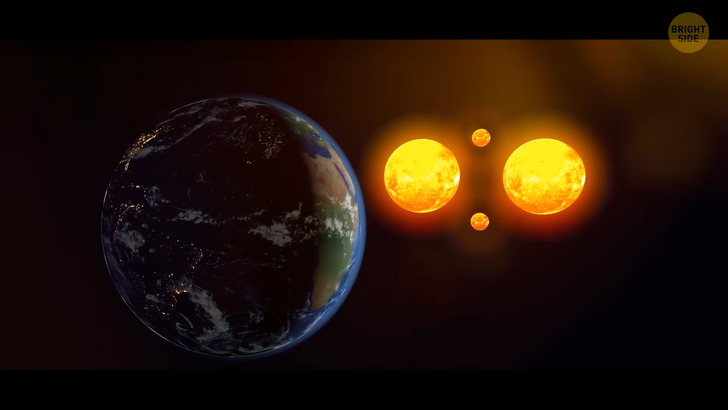
Well... Its orbit will become terribly unstable. We’ll shake back and forth... wouldn’t recommend it, honestly. We know what this can lead to, because — and that’s just crazy — this has already happened to us once. Yes! About 70,000 years ago, a lone star visited our Solar System. It was a red dwarf called Scholz. A red dwarf is a very small and cold star... If you count 14,000°F as “cold,” of course. But it’s considered the weakest and coldest type of star, so it probably didn’t look that big and bright in the sky.
At that time, our ancestors, Homo Sapiens, were already there living their lives. And can you imagine? They saw another star in the sky approaching the Sun! I wonder what that looked like. And then, Scholz bypassed the Sun and flew somewhere further to surf space. You weren’t expecting some kind of disaster, were you? If it had happened, you wouldn’t have had a chance to watch this video right now.
But from this story, we can see what happens to the Earth during such stellar events. At that time, a huge amount of volcanic activity unfolded on our planet. We also got some meteor showers that almost wiped us out. Our ancestors sure had it rough. Something similar will happen on our hypothetical planet with 4 suns. But on a much greater scale. Constant volcanic activity, earthquakes, and tsunamis. Brrr.
In addition, the length of a day will change... as well as the length of all seasons, and a year as a whole. They won’t be stable anymore due to the regular changes in gravitation. In other words, you’ll never know when to expect an annual winter or hot summer. And when we are precisely in the middle between two stars, there won’t be any nights at all! They’ll illuminate both parts of our planet, and we’ll have to sleep in bright sunlight.
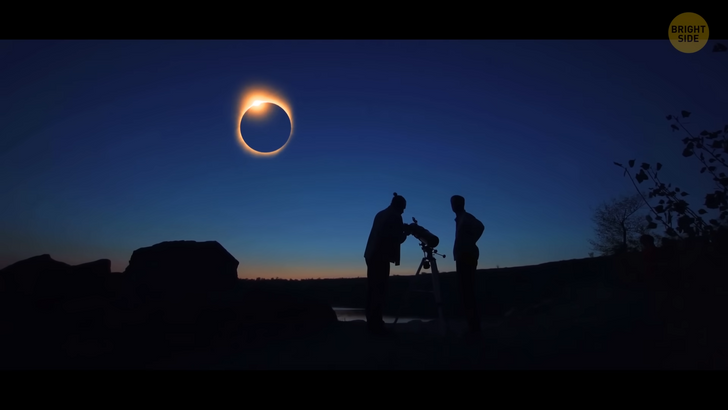
And if you think that this is a bad thing... Keep in mind that we’ll also be attacked by much more ultraviolet rays and solar winds because of our 4 suns. Their color will also change. They’ll become red dwarfs looking distinctly orange-scarlet in the sky. We’ll also get many more solar eclipses. Except instead of the Moon, the Sun would be eclipsed... by another Sun. It would probably just get a little darker.
To be honest, it’s unlikely that anything would survive on Earth after all this. I mean, it is possible, but please run a hundred simulations yourself if you want to make sure. But theoretically, we could survive in a simple binary star system. For example, in one that consists of two stars close to each other. Each of them would have to be 2 times smaller than our Sun. That would be the perfect scenario.
And it’s quite possible in the future! NASA is currently working on a plan to relocate our descendants to Proxima Centauri b. That’s a planet near the closest star system to our Sun — Alpha Centauri. And who knows? Maybe one day in the future we’ll really move there. Then we’ll see what it’s like to live with several suns.



